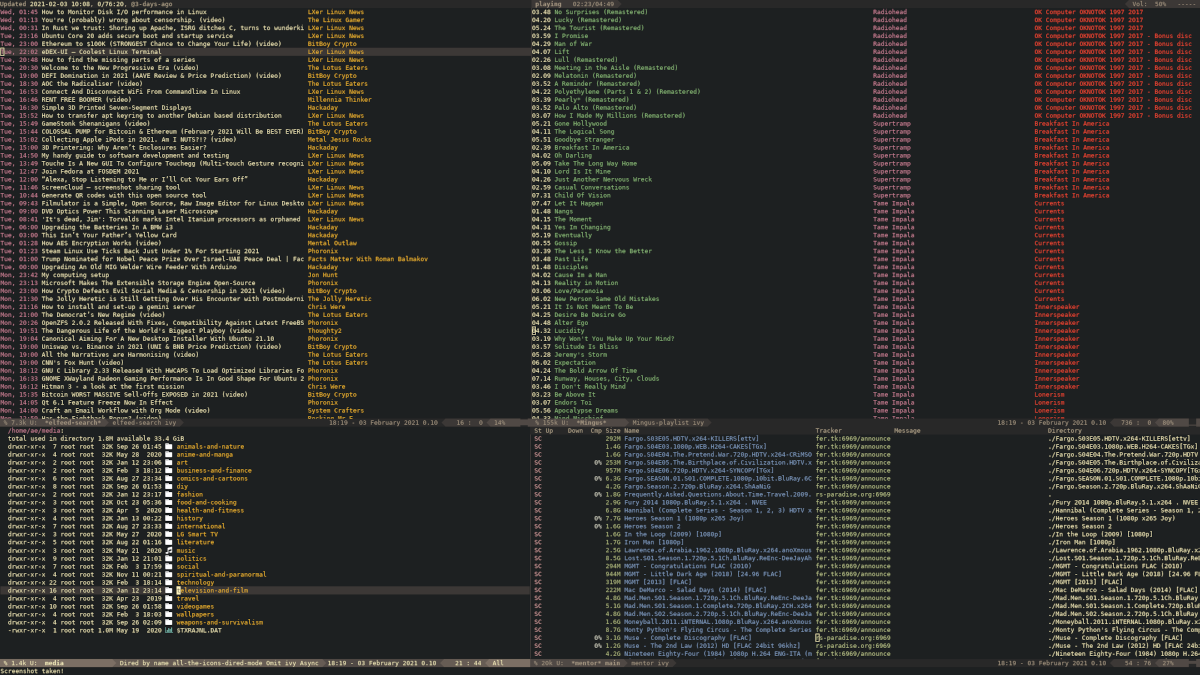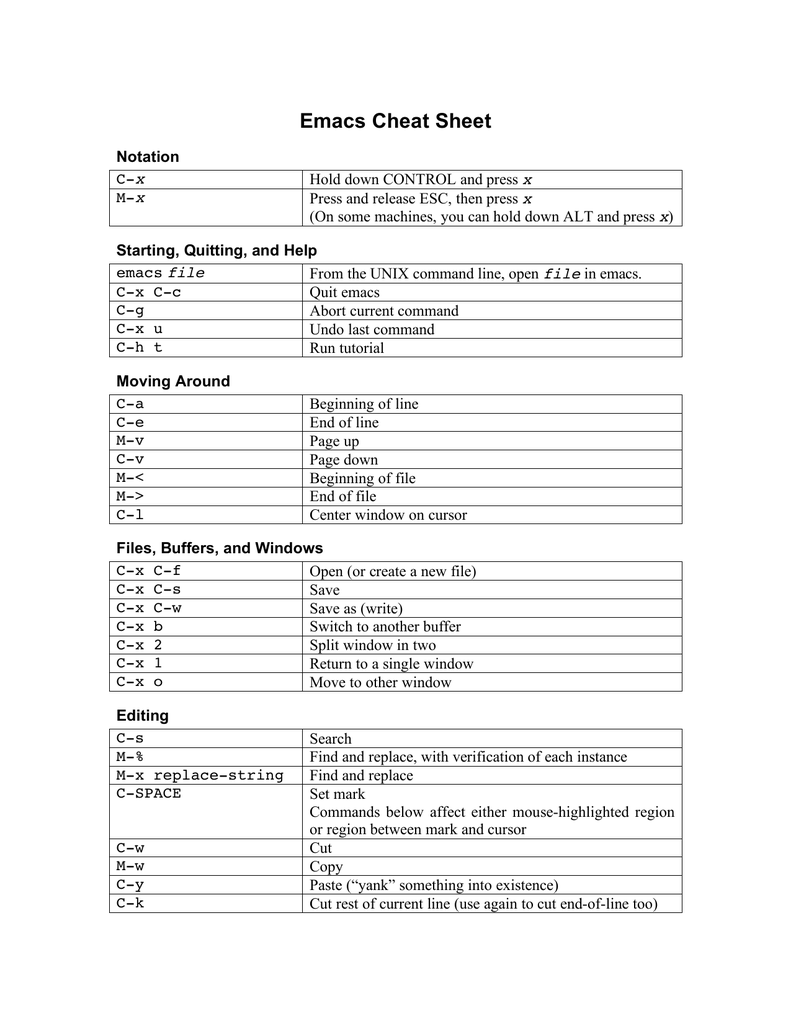

That was actually rather annoying (hence the change) as more often than not you’d selectively evaluate a defvar with C-x C-e exactly because you wanted to change it. Prior to Emacs 28 C-x C-e would not re-evaluate special forms like defvar, defcustom and defface. The result of the evaluation, if there is one, is printed in your minibuffer. So it’s designed to work in a variety of situations - provided Emacs can guess what it is you’re asking it to evaluate! As its name alludes to, it’s called evaluate last S-expression: you must put your point at the end of the thing you want to evaluate.Įmacs will backtrack and find the logical beginning – the beginning of a number or string, or the opening ( that a ) belongs to – so keep that in mind when you evaluate stuff. That means you can safely evaluate elisp from an M-x info buffer an M-x eww web browser session or indeed anywhere else. That means it’s available by default in most of Emacs’s major modes and, thus, buffers. Its key binding, C-x C-e, is a global key.

If what you’re asking it to evaluate is invalid or malformed, Emacs will tell you. To evaluate S-expressions, type C-x C-e or run M-x eval-last-sexp.Īlthough the function is designed for S-expressions, you can ask Emacs to evaluate nearly anything this way: numbers, strings, you name it. Those primitives include numbers such as decimal 42, #x12 as hexadecimal and #o44 as octal vectors, like "strings" or ordinals like ?: and so on. In Emacs’s case it’s not just balanced expressions – like (message "Hello World"), though that is most likely what you’ll use it for – but other, more primitive constructs also. In Lisp, first you read then you evaluate. An S-expression is, put simply, anything Emacs’s Lisp implementation can read, which has special meaning in Lisp. This is where Emacs starts to shine, for it has special tools available to it to evaluate S-expressions.

Pressing C-c C-c – a common key binding used for this sort of thing in other major modes – now evaluates the whole buffer in both *scratch* (more on that below) and emacs-lisp-mode buffers. (define-key lisp-interaction-mode-map (kbd "C-c C-c") #'mp-elisp-mode-eval-buffer)

(define-key emacs-lisp-mode-map (kbd "C-c C-c") #'mp-elisp-mode-eval-buffer) As it’s annoying to type, and because it leaves no visual indication that the evaluation took place, I have a little helper function and key binding I like to use: ( defun mp-elisp-mode-eval-buffer () I frequently evaluate the current buffer – and rarely regions – when I’m writing elisp. This also applies when you evaluate a region with M-x eval-region. So, Emacs will happily set special forms like defface if they’re undefined if they’re already set, Emacs leaves them alone. Blindly resetting them when you evaluate a whole buffer is a blunderbuss approach that’ll likely cause more harm than good. The reason is that they’re usually user-facing variables that you may have customized: for instance the fonts and faces you use for text, or the options you’ve picked in the Customize interface. It’ll re-evaluate everything except special forms like defface, defcustom and defvar. If you want to evaluate a whole file, then M-x eval-buffer is a good place to start. If you’re new to elisp it’s easy to learn about one or two methods and come away disappointed or frustrated because you’re using the wrong tool for the job.Įmacs is capable of evaluating elisp in a variety of ways, each with their own trade-offs and benefits, and all of them serve a distinct but important purpose.
EMACS COMMANDS CODE
There are several ways of evaluating elisp code in Emacs, and picking the right approach will help you get your job done faster and more efficiently.


 0 kommentar(er)
0 kommentar(er)
